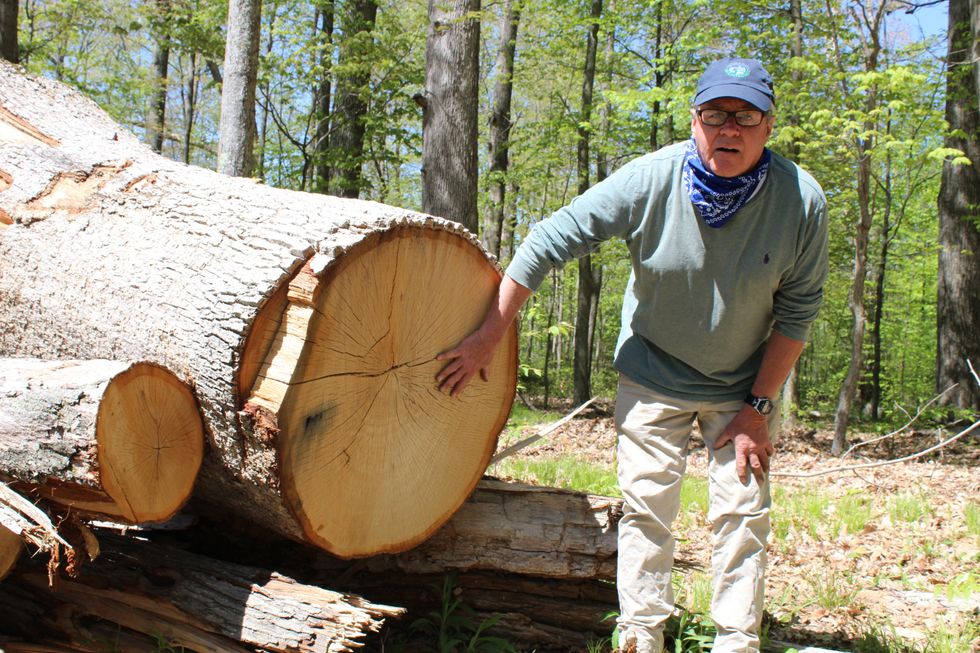Remembering and replacing the fallen oaks at the Grove

First Selectman Curtis Rand, who is a professional forester, showed one of the fallen white oaks at the Grove in Lakeville. New oaks are being planted there this summer.
Photo by Patrick L. Sullivan


 Anthony Foley, rising senior at Housatonic Valley Regional High School, went 1-for-3 at bat for the Bears June 26.Photo by Riley Klein
Anthony Foley, rising senior at Housatonic Valley Regional High School, went 1-for-3 at bat for the Bears June 26.Photo by Riley Klein 
 Uncommon books at the intersection of art and literature.Richard Kraft
Uncommon books at the intersection of art and literature.Richard Kraft



